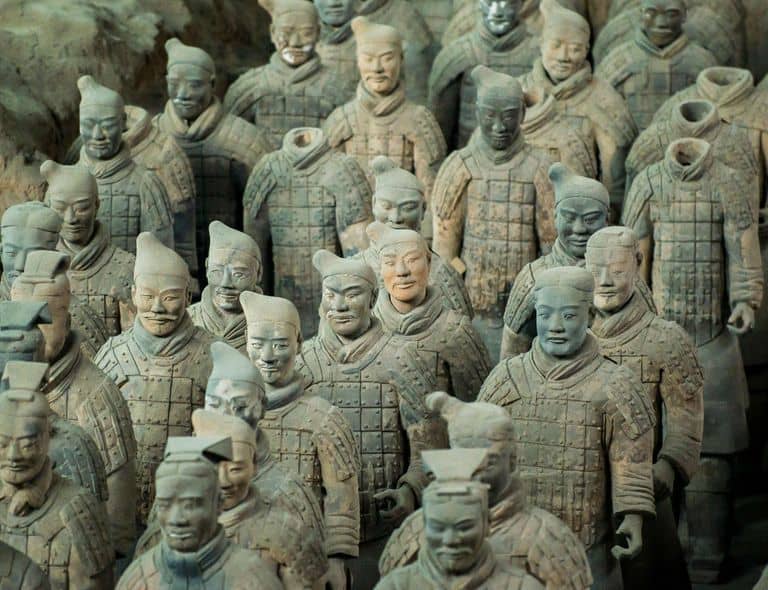
A chemist from Los Alamos National Laboratory in New Mexico said that his microchemical tests revealed the presence of a chemical called vanillin in the radiocarbon sample and in the patchwork cloth, but not the rest of the shroud.
#Shroud of turin dna evidence Patch
However, a 2005 study refuted this claim, stating that the linen that was tested actually came from a Medieval-era patch applied to the shroud to repair fire damage. Another pair of subsamples was treated with a commercial detergent (1.5 percent SDS), distilled water, 0.1 percent HCL and another detergent (1.5 percent triton X-100) they were then submitted to a Soxhlet extraction with ethanol for 60 min and washed with distilled water at 70 C in an ultrasonic bath. Another group precleaned the sample in an ultrasonic bath. The third group treated the samples with dilute HCL, dilute NaOH and again in acid, with rinsing in between. One group cleaned the samples using a vacuum pipette, and then followed by cleaning them in petroleum ether. Since the degree of contamination from dirt, smoke, or other contaminants was unknown, the three laboratories subdivided the samples and subjected the pieces to several different mechanical and chemical cleaning procedures.

Linen from the shroud was tested alongside three control samples.

A radiocarbon experiment in 1988, conducted by three different laboratories, concluded with “at least 95 percent confidence” that the linen dates to the period around 1260 to 1390 AD. Skeptics say that the cloth does not date from the time of Jesus and is therefore a forgery. The shroud was first displayed in France in the 1350s and, after passing through many hands, it wound up in Turin, Italy in 1578. The Shroud of Turin, thought by some to be the burial cloth of Jesus Christ, has been studied numerous times.


 0 kommentar(er)
0 kommentar(er)
